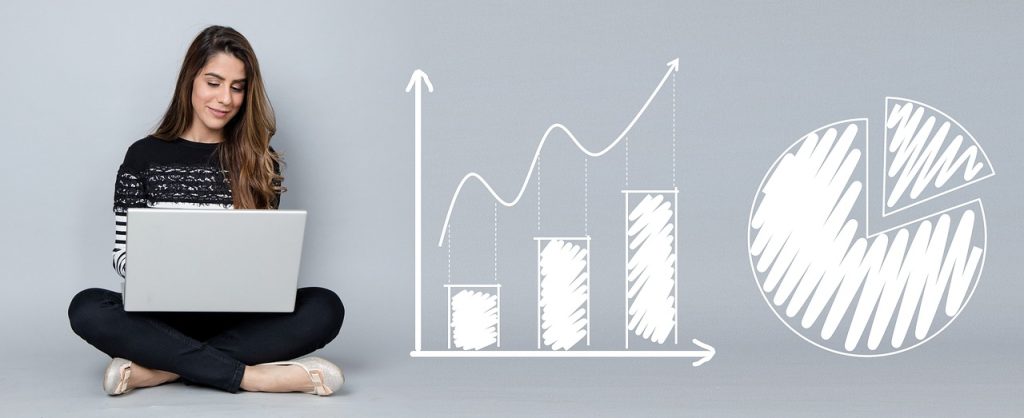1. What Are Fixed Deposits?
Fixed Deposits, often referred to as time deposits, are a simple and popular investment option. When you invest in an FD, you’re essentially lending your money to a bank or financial institution for a fixed period, typically ranging from a few months to several years. In return, the bank pays you a fixed interest rate on your deposit, which is usually higher than what you’d earn from a regular savings account.
2. How Do Fixed Deposits Work?
Let’s break it down: when you open an FD account, you decide the amount you want to deposit and the tenure for which you want to keep your money locked in. The bank then pays you interest at a predetermined rate, which remains fixed throughout the chosen tenure. This ensures that you know exactly how much you’ll earn at the end of the period. It’s like planting a money tree with a guaranteed harvest.
3. The Benefits of Investing in Fixed Deposits
Fixed deposits come with several benefits. Here are some of the key advantages:
Guaranteed Returns
One of the most significant advantages of FDs is the assurance of a fixed return. Your investment is safe, and you can count on the interest you’ll receive.
Low Risk
Compared to other investment options like stocks or mutual funds, FDs are relatively low risk. Your principal amount is protected, and you won’t be affected by market fluctuations.
Flexible Tenure
You have the flexibility to choose the tenure that suits your financial goals, ranging from a few months to several years.
Regular Income
If you opt for periodic interest payouts, FDs can provide a regular source of income, making them ideal for retirees.
4. Risks and Considerations
While FDs offer a safe haven for your money, it’s essential to be aware of some of the risks and considerations:
Interest Rate Fluctuations
The interest rates on FDs can change with market conditions. Locking in your money for an extended period might mean missing out on higher rates in the future.
Premature Withdrawal Penalties
If you decide to withdraw your money before the maturity date, you may incur penalties that can eat into your returns.

5. Types of Fixed Deposits
Fixed deposits come in various flavors. You can choose the one that aligns with your financial goals:
Regular FDs
These are the most common type of FDs, offering a fixed interest rate until maturity.
Tax-Saving FDs
These FDs come with tax benefits under Section 80C of the Income Tax Act, making them a popular choice for tax planning.
Senior Citizen FDs
Banks often offer higher interest rates to senior citizens, making these FDs a great option for retirees.
6. Choosing the Right Fixed Deposit
Selecting the right FD is crucial. Consider factors like interest rates, tenure, and the reputation of the bank. It’s always a good idea to compare multiple options before making a decision.
7. Opening an FD Account
Opening an FD account is a straightforward process. Visit your chosen bank, complete the necessary paperwork, and deposit your funds. Ensure you have all the required documents, such as identity and address proof.
8. Managing Your FD
Once your FD is active, keep track of its maturity date. You can choose to reinvest the principal and interest or withdraw the amount. Some banks also offer online management options for added convenience.
9. Tax Implications
While FDs offer guaranteed returns, they are taxable. The interest you earn from an FD is subject to income tax, so keep this in mind when calculating your overall returns.
10. Breaking Your FD
In case of emergencies or changing financial needs, you can break your FD prematurely. However, be prepared for penalties and a lower rate of interest on the withdrawn amount.
11. Alternatives to Fixed Deposits
FDs are not the only way to grow your money. Consider alternative investment options like mutual funds, stocks, or real estate to diversify your portfolio and potentially earn higher returns.
12. Conclusion
Fixed Deposits provide a secure and predictable way to invest your money. They offer guaranteed returns, low risk, and flexibility in terms of tenure. However, it’s essential to be aware of the interest rate fluctuations and potential penalties for premature withdrawals. Before investing, weigh your options, compare rates, and ensure that FDs align with your financial goals.

